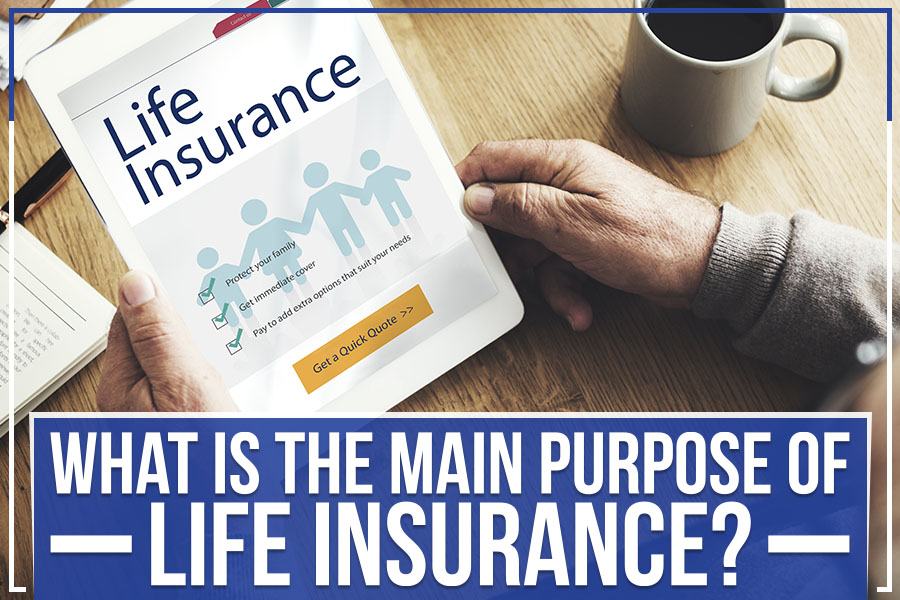Not known Details About Pacific Prime
Not known Details About Pacific Prime
Blog Article
The 3-Minute Rule for Pacific Prime
Table of ContentsPacific Prime - An OverviewLittle Known Questions About Pacific Prime.The 6-Minute Rule for Pacific PrimeThe Ultimate Guide To Pacific PrimeThe Of Pacific Prime

This is because the information were collected for a period of solid economic performance. Of the estimated 42 million individuals who were uninsured, just about about 420,000 (regarding 1 percent) were under 65 years old, the age at which most Americans become eligible for Medicare; 32 million were grownups in between ages 18 and 65, about 19 percent of all adults in this age group; and 10 million were children under 18 years of age, about 13.9 percent of all kids (Mills, 2000).
These price quotes of the number of individuals uninsured are created from the annual March Supplement to the Existing Populace Survey (CPS), carried out by the Demographics Bureau. Unless or else noted, national quotes of people without wellness insurance and proportions of the population with different sort of coverage are based on the CPS, the most commonly used resource of price quotes of insurance policy protection and uninsurance prices.
Pacific Prime Fundamentals Explained

Still, the CPS is particularly beneficial since it produces yearly quotes fairly swiftly, reporting the previous year's insurance coverage estimates each September, and because it is the basis for a regular collection of quotes for greater than 20 years, enabling evaluation of patterns in protection in time. For these reasons, along with the considerable usage of the CPS in other studies of insurance policy coverage that exist in this record, we depend on CPS quotes, with limitations kept in mind.

The estimate of the number of without insurance people increases when a population's insurance status is tracked for several years. Over a three-year duration starting early in 1993, 72 million people, 29 percent of the U.S. https://myanimelist.net/profile/pacificpr1me. populace, lacked protection for a minimum of one month. Within a single year (1994 ), 53 million individuals experienced at least a month without insurance coverage (Bennefield, 1998a)
6 out of every ten uninsured grownups are themselves employed. useful site Although functioning does improve the likelihood that and one's member of the family will have insurance coverage, it is not a guarantee. Even participants of households with 2 full time wage earners have virtually a one-in-ten possibility of being without insurance (9.1 percent uninsured rate) (Hoffman and Pohl, 2000).
Pacific Prime for Dummies
New immigrants represent a substantial proportion of individuals without medical insurance. One evaluation has actually attributed a considerable part of the current development in the size of the U.S. uninsured populace to immigrants who showed up in the nation in between 1994 and 1998 (Camarota and Edwards, 2000). Recent immigrants (those that pertained to the USA within the previous four years) do have a high price of being without insurance (46 percent), yet they and their children make up just 6 percent of those without insurance coverage across the country (Holahan et al., 2001).
The partnership between medical insurance and accessibility to care is well developed, as documented later in this phase. Although the relationship between medical insurance and health and wellness outcomes is neither direct nor basic, an extensive clinical and health services research study literary works web links medical insurance coverage to improved access to care, better quality, and improved personal and populace health and wellness condition.
Degrees of analysis for examining the impacts of uninsurance. It focuses particularly on those without any kind of health insurance policy for any type of size of time.
Pacific Prime for Beginners
The issues encountered by the underinsured are in some areas comparable to those faced by the without insurance, although they are normally less serious. Health insurance coverage, nevertheless, is neither necessary neither adequate to get access to clinical services. The independent and direct result of health and wellness insurance policy protection on access to health and wellness services is well established.
Others will certainly obtain the healthcare they need also without medical insurance, by paying for it expense or seeking it from suppliers who provide care free or at highly subsidized rates. For still others, health and wellness insurance coverage alone does not ensure invoice of treatment as a result of various other nonfinancial barriers, such as a lack of wellness care carriers in their neighborhood, minimal accessibility to transportation, illiteracy, or etymological and cultural differences.
Top Guidelines Of Pacific Prime
Official research about without insurance populations in the United States dates to the late 1920s and early 1930s when the Committee on the Expense of Medical Treatment generated a series of reports about financing doctor workplace brows through and hospital stays. This concern came to be significant as the varieties of medically indigent climbed during the Great Anxiety.
Report this page